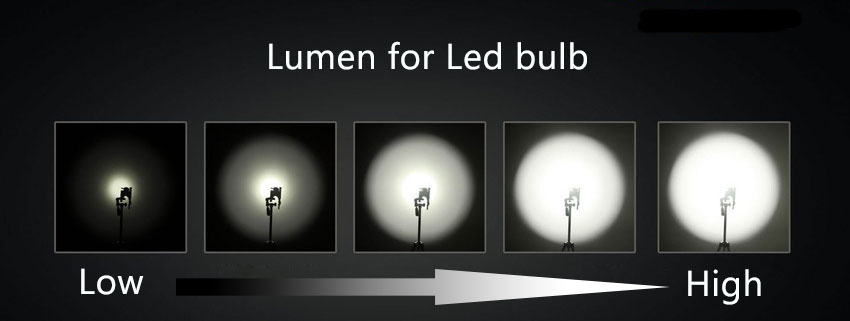
Performing this bit of math could help you spend less money per light bulb per year. Once you divide those numbers, you see how energy efficient your light is. If you want to know how efficient a bulb is, you can calculate its efficacy, which is the output in lumens of light divided by the input in power in watts. This relates to “efficacy” in light bulbs. A 40 watt bulb will go for about 450 lumens. A 60 watt bulb will equal about 800 lumens. Similarly, go for 1100 lumens to replace a 75 watt bulb. Generally speaking, look for a bulb that provides about 1600 lumens if you’re used to buying 100 watt bulbs. What Lumen Value Should I Be Looking For In My Lights? If you’re used to looking for watts, don’t stress about swapping over to lumens. Lux is the amount of light on a surface in front of the light bulb. Watts are the amount of power needed for the light bulb. Lumens are the amount of light from the light bulb. “Therefore, the amount of lux in an area or on a surface can vary depending upon the distance the light travels and the angle at which it is dispersed.” The further the light has to travel the more it will be dispersed,” according to Banner Engineering. Essentially, as light travels from the emitter, it will disperse throughout an area. “One lux is equal to one lumen per square meter (lux = lumens/m2). (It’s worth mentioning this isn’t a perfect metaphor.) Returning to our metaphor, it’s like the amount of water from your hose in a particular spot in your yard. That’s the intensity of light within a specific area. That’s luminance, which is measured in lux. In other words, that’s not the same thing.Ī lumen is also not the amount of light on a surface. Going back to our metaphor, think of it like how much pressure is needed to push a few drops out of the hose or a constant stream. A watt is the energy per second required by a bulb.

Many of us may confuse watts with lumens, which seems logical, but they’re not the same. In the case of commercial LED light strings, you’d generally want the latter. Sometimes it’s only a few drops at a time, other times it’s a few gallons. Think of a lumen like the amount of water coming out of a hose. That means nothing to anyone but top-tier nerds.Ī lumen is the amount of light seen by the eye coming from a single source, like a lightbulb, according to a publication from the National Optical Astronomy Observatory (NOAO). Luminous flux in lumens = Radiant power (watts) x 683 lumens/watt x luminous efficacy” according to HyperPhysics, a publication from Georgia State University. In terms of radiant power (also called radiant flux) it can be expressed as: The abbreviation is lm and the symbol is Φv. It can be defined as the luminous flux emitted into unit solid angle (1 sr) by an isotropic point source having a luminous intensity of 1 candela. It is an SI derived unit based on the candela.

“The lumen is the standard unit for the luminous flux of a light source. Because of it’s housing of lightweight aluminum, it is suitable for wet locations.The formal answer to this question is horrendous. The 2-Head Security LED Light is maintenance-free, so there is no need to climb ladders to replace bulbs. Installation is easy due to its mounting bracket, and it highlights a toolless adjustability, enabling you to point heads in a desired direction. The 2-Head Security LED Light emits 28-watts of energy-efficient and cool emissions of premium LED technology conserving electricity, the environment, and your wallet.

Its dusk-to-dawn function can be used to control the lights to automatically turn on or off, or the included photocell cover can be used to control the fixture by switch. The light showcases a sensor which detects light or lack of light in specific areas and will ensure safety and awareness, preventing possible injuries and increase property value. ETi SSL’s 2-Head LED Security Light has a lumen boost function which can be used to increase lighting coverage from 1200 Lumens to 2400 Lumens for broad and fuller light intensity.


 0 kommentar(er)
0 kommentar(er)
